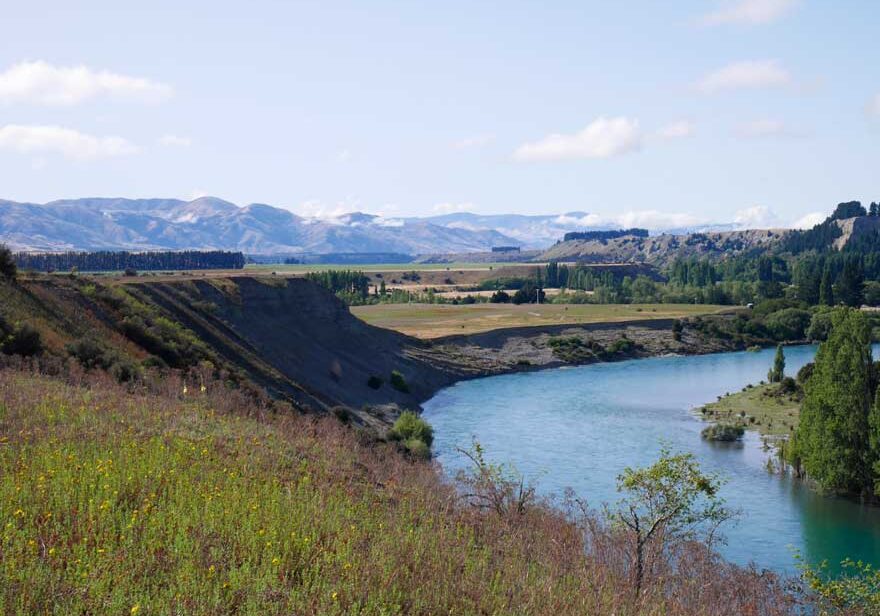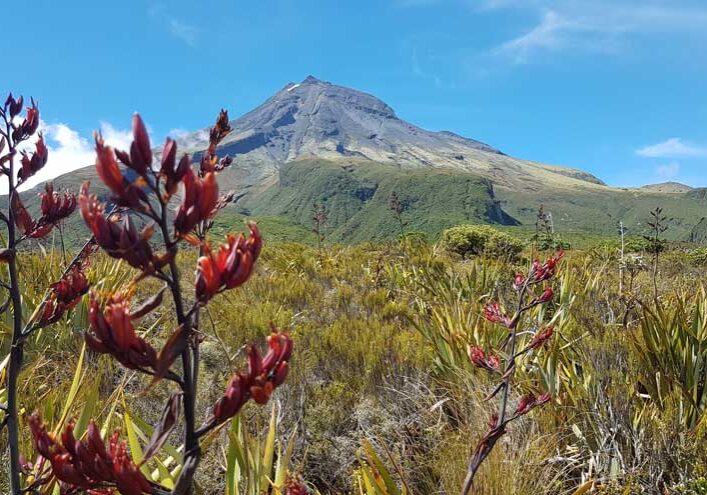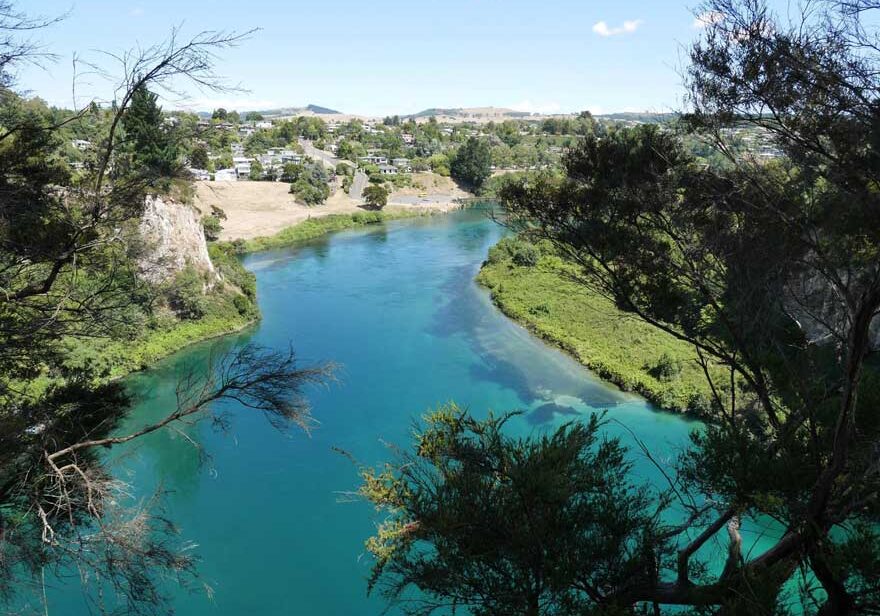Landscape response to climate change
Cryosphere Processes and Mountain Hydrology
Olivia Stanley1, Professor Glenn Thackray1, Dr. Douglas Clark2
1Idaho State University, Pocatello, United States, 2Western Washington University, Bellingham, United States
This session will encourage presentations on all aspects of cryospheric processes and cryosphere-mountain hydrology linkages. As climate warming impacts mountain ranges across most of the globe, modifications in ice-water storage, ice and snow cycling, and meltwater outflow processes related to the cryosphere become increasingly hard to predict. Variable exposures of seasonal snowpack, glaciers, rock glaciers, and other ice features to this warming cause complex changes to ice storage, landscape dynamics, and thermal conditions within the watershed, as well as water outflow into and out of mountain basins. In turn, these changes in stream flow will affect stream ecology, hydropower production, surface water supply and its management, and groundwater recharge, as well as stream and river geomorphology.
The session will welcome presentations on all aspects of alpine cryospheric processes including snow and ice storage mechanisms, snow-ice motions in snowfields, glaciers, and rock glaciers, and seasonal variability of hydrologic(?) processes. Similarly, we will aim to attract studies based on field data, remote sensing, and modeling. We anticipate a well-integrated session of oral and poster presentations from mountain environments on all continents.
Hillslope processes and landslides in a changing world
Dr Sam McColl1, Dr Daniel Draebing2, Ms Brenda Rosser1, Dr Katja Laute3, Adj. Assoc. Prof. David Dunkerley4, Dr Achim Beylich3
1GNS Science, Lower Hutt, New Zealand, 2Utrecht University, Utrecht, Netherlands, 3Geomorphological Field Laboratory, Selbustrand, Norway, 4Monash University, Clayton, Australia
This session aims to consolidate and share understanding of how hillslope processes, forms, and impacts evolve under changing environmental conditions. Hillslope processes such as landslides and diffusive processes (soil creep and rainsplash) are dominant processes of erosion in most mountainous and hilly environments. These processes therefore condition the pace of topographic change, the supply of sediment to downstream receiving environments, and set up direct and indirect natural hazards. Human modification of the landscape, through land use changes, earthworks, and changes to global climate collectively cause significant modification to the erosivity and erodibility of hillslopes, and are major preparatory or triggering factors for landslides. This session welcomes studies that measure the changing pace of hillslope processes across all temporal and spatial scales. It especially welcomes contributions that provide quantitative analysis of the relationships of hillslope processes to human activities and associated environmental changes. Studies that quantify the geomorphic, environmental, or social impacts of hillslope processes, or those that highlight mitigation methods, are also encouraged.
Landscape sensitivity and global change
Associate Professor Martin Brook1, Professor Mauro Soldati2, Professor Bianca Carvalho Vieira3
1University of Auckland, Auckland, New Zealand, 2University of Modena and Reggio Emilia, Modena, Italy, 3University of São Paulo, São Paulo, Brazil
This proposed session is inspired by the themes that have characterised the life-work and career of Professor Denys Brunsden, to whose memory this session is dedicated to. The landscape sensitivity concept concerns the likelihood that a given change in the controls of a system or the disturbing forces applied to the system will produce a sensible, recognisable, and persistent response. The idea is an essential element of the fundamental proposition of landscape stability, with the disturbing forces including climate, tectonic, biotic, marine and anthropogenic controls. In particular, globally, slope instability phenomena of different types (e.g. slides, falls, flows) are recognized as being sensitive to climate patterns of differing variables (precipitation, temperature, snow melt), and of significant time span differences (from minutes to several months, or a few years). In addition, local landscape change due to anthropogenic activities (land use/cover changes, slope geometry modification, drainage disturbances) are now recognized as also playing a key role in slope instability hazard. Moreover, such local, human-induced factors can be strongly amplified by extreme weather events, with the lowering of landscape resilience, and an increased sensitivity to climate effects. Therefore, this session aims to present studies of landscape change across different geomorphological contexts and scales.
Mountain sediment cascades and landscape response to changing climate
Dr Sarah Mager1, Dr Sophie Horton2
1University of Otago, Dunedin, New Zealand, 2University of Canterbury, Christchurch, New Zealand
Mountain regions are among the biggest contributors of sediment to fluvial, lacustrine, and ocean systems and are highly vulnerable to the effects of anthropogenic-driven climate change. Orogenic displacement of sediment material is a critical component of the sediment budget, which is conveyed through denudation and erosional processes from its source to sink and may be highly responsive to changes in air temperatures and precipitation intensity. Mountain environments are responding rapidly to climate change and the retreat of glaciers and/or loss of seasonal snow coverage will shift the balance of erosional processes and sediment cascades. This session brings together new and emerging techniques for detecting changes in sediment production in mountain regions as well as case studies examining the rates of landscape change and its consequences on sediment budgets. In particular we welcome studies that consider how changing environments are altering suspended sediment yields, and the potential impacts that may have in the future. In this session we are interested in all aspects of hillslope and slope stability as it intersects with fluvial processes and sediment budgets. We invite contributions of applied case study research and/or modelling, and theoretical and methodological developments that advance understanding of erosion and material transport. Studies can include any aspect of denudation loss and/or transport as relevant to mountain regions, including mass movement and landsliding, chemical weathering, suspended and/or bedload sediment yields and river planform changes.
Responses of geomorphic processes and earth surface systems to extreme weather and climate events
Dr Achim A. Beylich1, Dr Olimpiu Pop2, Dr Katja Laute1, Dr Daniel Vázquez Tarrío3, Dr Vittoria Scorpio4
1Geomorphological Field Laboratory (GFL), Selbustrand, Norway, 2Babes-Bolyai University, Cluj-Napoca, Romania, 3Geological and Mining Institute of Spain, Madrid, Spain, 4University of Modena and Reggio Emilia, Modena, Italy
There is general agreement that ongoing environmental changes and global warming are leading to increased frequencies and/or intensities of extreme weather and climate events. Such extreme events include, e.g., temperature extremes and droughts, heavy precipitation, storms, pluvial floods and river floods. Scientific studies on possible effects of the increasing frequency and/or intensity of such extreme weather and climate events on geomorphic processes and related earth surface systems are of utmost importance as they are addressing key challenges related to the environment in which we live.
Responses of geomorphic processes to extreme weather and climate events include the full range of terrestrial surface environments on Earth. This session invites contributions from earth scientists that may include a wide spectrum of approaches, methods and techniques, like, e.g., dating, sedimentary records, GIS, remote sensing, observational records, experimental studies, and modelling. We particularly invite scientific presentations that highlight contributions of geomorphological research to the ongoing debates on the effects of global environmental changes on geomorphic processes and natural and anthropogenically modified earth surface systems, and for the development of suitable and sustainable mitigation, management and adaption strategies and actions.



